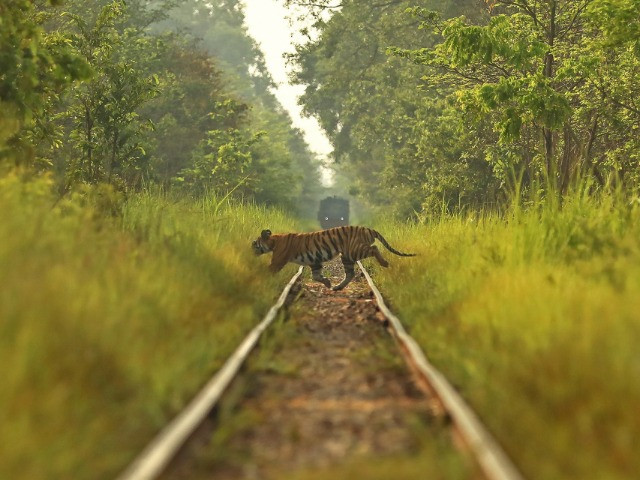National
Hunger to rise in India due to climate change, says IFPRI
India’s food production will drop by 16 per cent, and those at risk for hunger could increase by 23 per cent in 2030, according to the latest report on climate change and food systems by the International Food Policy Research Institute (IFPRI). These projections are evaluated using the IMPACTS model, which simulates national and international agricultural markets.
The number of Indians at risk from hunger in 2030 is expected to be 73.9 million, and if the effects of climate change were to be factored in, it would increase to 90.6 million. On a positive note, the average calorie consumption of Indians is projected to remain roughly the same at 2,600 kcal per capita per day, even when considering climate change.
Read more: Food production to dip, hunger to rise in India due to climate change, says report | The Hindu
Almost half of the world's bird species are undergoing population decline
Global populations have steadily declined over the last three decades, according to the latest State of World's Birds report. The new review found that 48 per cent of the world's bird species are known or suspected to be undergoing population decline, with 39 per cent believed to be stable and just 7 per cent showing increasing trends. The degradation and loss of natural bird habitats and the direct overexploitation of many species are seen as the primary threats to the world's avian biodiversity. In the report led by Manchester Metropolitan University, climate change is also identified as an emerging driver of bird population decline. Results of the State of India’s Birds (SoIB) report released in February 2020 directly fed into this global assessment.
"Plan Bee" to keep elephants off rail tracks needs a plan B
'Plan Bee' to keep elephants off railway tracks has failed to produce results, with 48 pachyderms and 188 other animals killed by running trains since 2019. The unique method was launched by the Indian Railways in 2017, whereby an amplifying system imitates the buzz of a swarm of honey bees to keep elephants off the tracks. The Northeast Frontier Railway (NFR) registered the highest number of elephant deaths. The deaths did not abate even when all railway services were suspended during the pandemic.
More national headlines:
- Poachers tranquillise rhino to remove horn in Assam | Hindustan Times
- The Hidden Environmental Costs of India’s Data Centre Push | The Wire Science
- Unyielding heatwaves: Temperatures may soar to 50°C as conditions worsen over northwest India, Pakistan | DownToEarth
You may also like to read
International
Number of flying insects in Great Britain drop by a ‘terrifying’ 60 per cent
The results of a public survey that counted insect splats on car registration plates, when compared with results from 2004, showcased a "terrifying" drop in the number of flying insects in Great Britain. The fall was highest in England, at 65 per cent, with Wales and Scotland recording 55 per cent and 28 per cent fewer insects respectively. “This vital study suggests that the number of flying insects is declining by an average of 34 per cent per decade – this is terrifying,” said Matt Shardlow at Buglife, which ran the survey along with Kent Wildlife Trust (KWT). Participants of the survey downloaded the Bugs Matter app, which enabled them to record their journeys and the number of bugs squashed on their registration plates.
Read more: Flying insect numbers have plunged by 60% since 2004, GB survey finds | The Guardian
More than 200 dams removed from Europe's rivers in 2021
In 2021, at least 239 dams and weirs were removed from rivers across 17 European nations, according to Dam Removal Europe's latest report. Spain led the way with 108 structures taken out of the country’s rivers. There is an estimated 1m barrier on Europe's rivers, of which at least 150,000 are old, obsolete barriers that serve no economic purpose. River obstacles like dams and weirs block fish migration routes, often leading to the loss of breeding areas, which in turn affects the wider biodiversity of ecosystems, including species ranging from eagles to otters. Free-flowing rivers also transport sediments and nutrients.
Read more: Record number of dams removed from Europe’s rivers in 2021 | The Guardian
More international headlines:
- Biologists buoyed by discovery of 4-metre endangered stingray in Cambodia | The Guardian
- Ukraine war may be causing rise in dolphin deaths, say scientists | The Guardian
- World Migratory Bird Day 2022: Explaining the Impact of Light Pollution on Bird Migration Patterns | The Weather Channel
- ‘It’s a struggle for survival’: why Kenya – and its wildlife – need tourists to return | The Guardian







